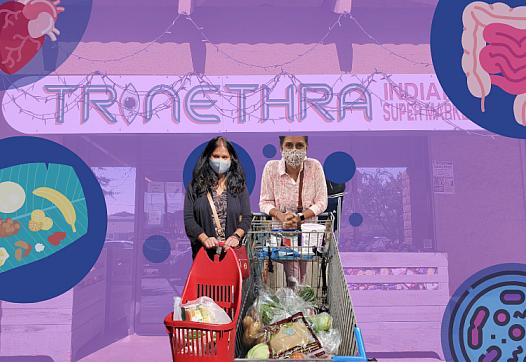
Masala Heroes is a three-part series on Santa Clara County’s South Asian (Desi) grocery stores and their contribution to their community’s health.

Masala Heroes is a three-part series on Santa Clara County’s South Asian (Desi) grocery stores and their contribution to their community’s health.
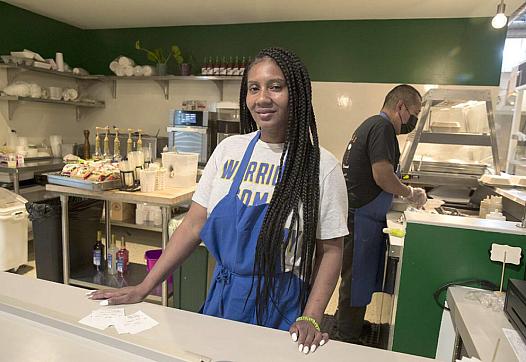
“It definitely has an impact on your psyche,” one resident said of the lack of food options.
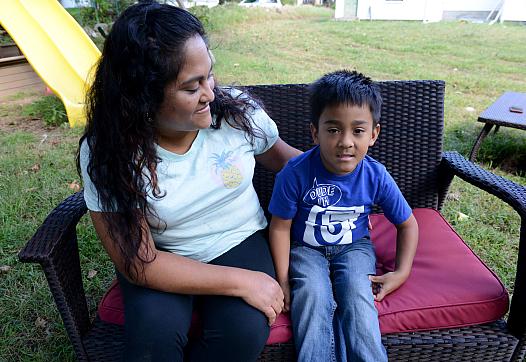
Why we know so little about preterm births and what experts want to do about it.
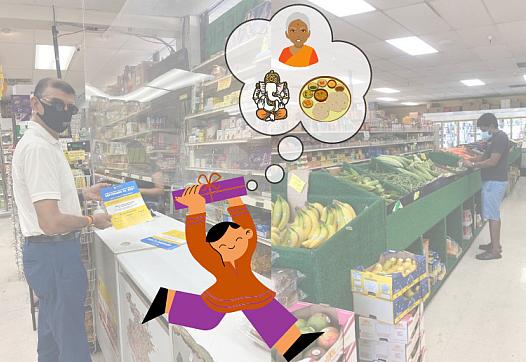
This article was produced as a project for the USC Annenberg Center for Health Journalism’s 2021 California Fellowship.
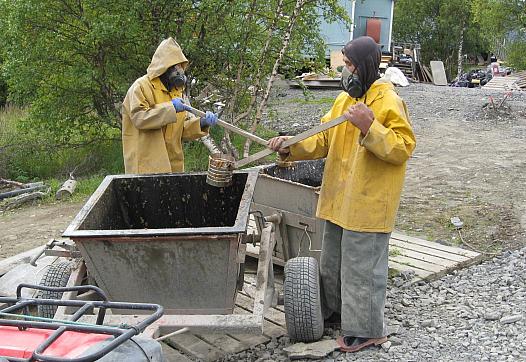
The bipartisan infrastructure bill that passed the U.S. Senate includes $3.5 billion for water and sanitation, some of which will go to rural Alaska villages.
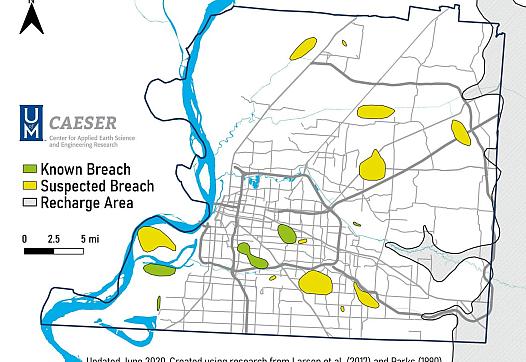
This story is part of a larger project led by Sarah Macaraeg, a 2019 Data Fellow who is investigating the disproportionate number of asthma diagnoses and severe symptoms among Memphis children.
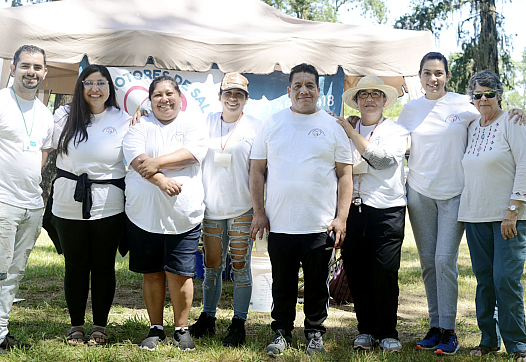
This story is part of a larger story led by Dana Ullman, a 2021 California Fellow who is reporting on disparities in the quality and access to health care for Latino and Indigenous peoples in Mendocino County. ...
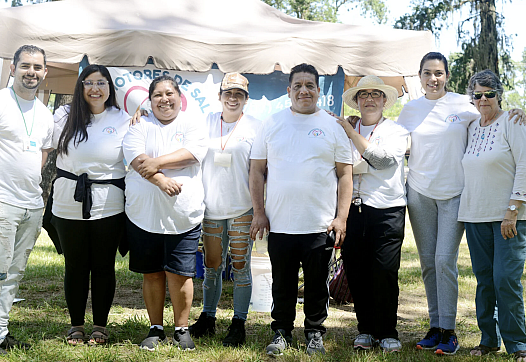
The promotores already have the trust of their communities, filling gaps in public health information through translation, providing COVID-19 testing, referrals for vaccinations, and responding to the direct needs of their community with cultural understanding.
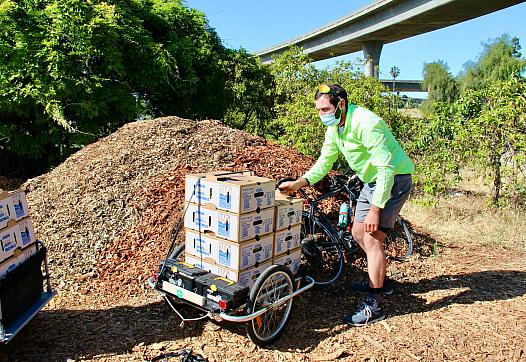
As communities emerge from the pandemic, local thought leaders are asking whether this is a turning point that could trigger a revolution that changes local food systems for the better.
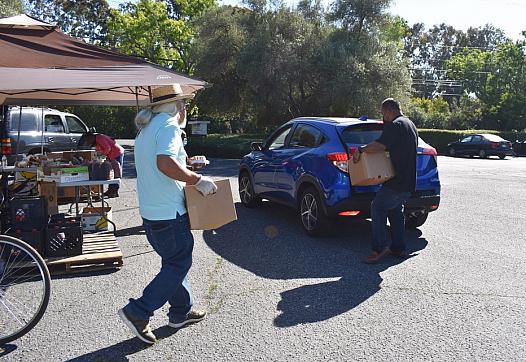
Every Friday afternoon from 3 to 6 p.m., the parking lot of St. Andrew's United Methodist Church on Alma Street in Palo Alto becomes a drive-thru food aid hub.